A millennial herself, Crystal Kadakia offers a guide that explains her generation – born between 1981 and 1996 – to its older colleagues. She explains millennial behavior and suggests the best ways to engage members of her generation at work. Kadakia compliments older readers who keep an open mind and are willing to learn about millennials. Despite wielding a broad brush, she provides well-researched data, bold insights and a thought-provoking presentation. Perhaps, however, it’s a bit of a millennialist slip to describe her own work as “groundbreaking,” “invaluable” or a “great resource” – although it is a solid resource. getAbstract recommends her insights to executives and managers – including those who are millennials themselves.
Undeserved Reputations
Millennials suffer from a poor workplace reputation. Some older employees may see them as “narcissistic, entitled,” “lazy” job-hoppers – that is, disrespectful, disloyal and immature neophytes who need their hands held constantly. Some call millennials “device-controlled vegetables.” For evidence, go online and you’ll find more than one million search results that link “lazy and entitled” to “millennials.” But, millennials are getting a bum rap.
Millennials represent a more diverse generation in “gender, ethnicity, income background and parenting style” than baby boomers (born 1946–1964) or gen Xers (born 1965–1980). Clearly, making blanket negative statements about any entire generation doesn’t work. Not all millennials had “helicopter parents” or came to expect trophies just for showing up. Such negative myths about millennials impede workplace harmony. These stereotypes leave older employees worrying about how to manage millennials. Experienced staff members often want millennials to adjust to “how we have always done things,” but millennials expect to take new approaches, not just to bow to the status quo. Unlike earlier...
Crystal Kadakia, the founder of Invati Consulting, is a frequent speaker, trainer and consultant on the topics of millennials and modernizing the workplace.









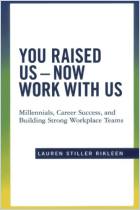
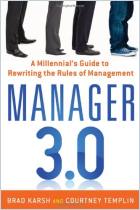
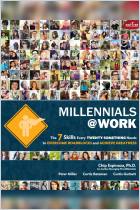
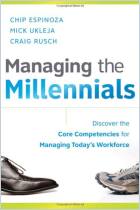
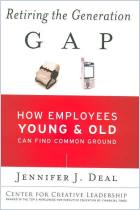





Comment on this summary